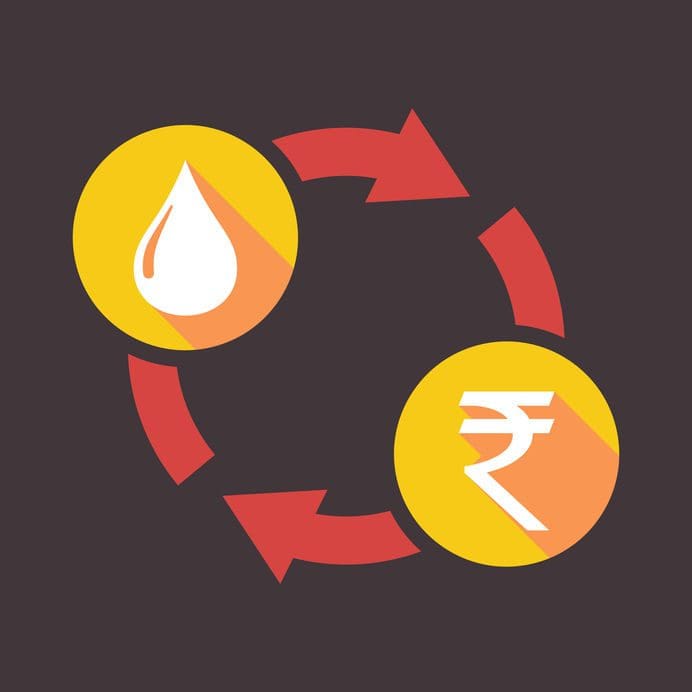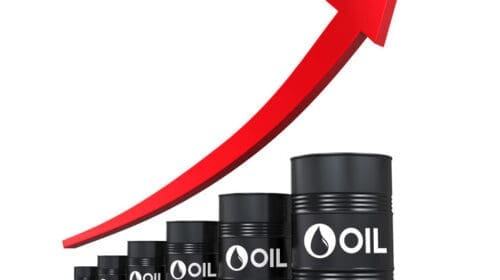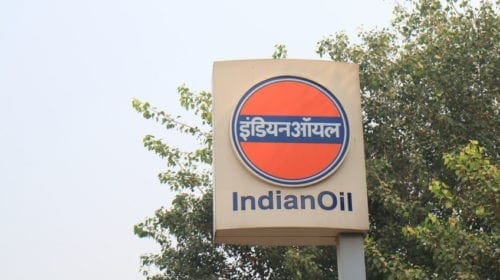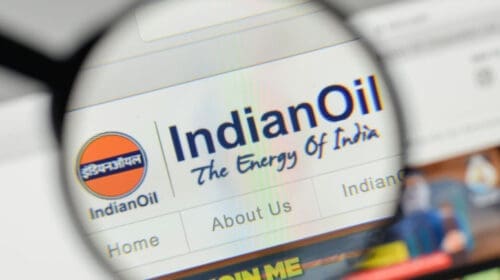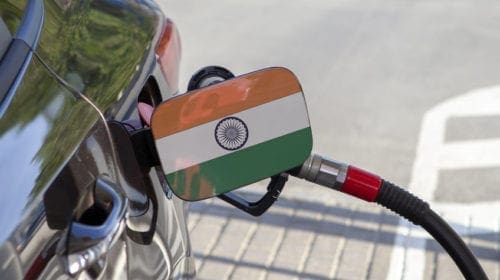India surpasses China as the world’s largest growth market, accounting for over a quarter of the growth in global energy demand over the Outlook, UK supermajor BP stated in its annual vitality outlook.
The 2019 version of the BP report explores the key uncertainties that could impact the shape of global energy markets out to 2040. “The greatest uncertainties over this period involve the need for more energy to support continued global economic growth and rising prosperity, together with the need for a more rapid transition to a lower-carbon future. These scenarios highlight the dual challenge that the world is facing,” it said.
According to the report, global energy demand is expected to increase by around a third by 2040, driven by improvements in living standards, particularly in India, China and across Asia. This will be met mostly by natural gas, which is expected to overtake coal as the second largest source of energy by the mid-2020s and converging on oil by 2040.
Being a nation of over 1.25 billion people and with a fast-growing economy, India needs a huge demand for electricity, including for clean, and renewable energy.
Data suggest that the primary energy consumption in India is the third biggest after China and USA with 5.6% global share in 2017. About 75% of India’s electricity generation is from fossil fuels. Coal is still the main source of India’s energy sector, however, India is shifting its focus towards natural gas, electrification of vehicles and renewable energy sources for energy generation. Currently, the installed Capacity of the country is about 302,088 MW as on 31.03.2016, out of which about 185172.88 MW (61.3%) is coal-based.
“India is the largest growth market for coal, with its share of global coal consumption more than doubling to around a quarter in 2040,” the BP energy outlook said, adding the majority of the increase is used to meet robust growth in power demand.
BP said the focus should be on meeting growing energy demand and the push for lower emissions.
At present India imports more than 82 percent of petroleum products to meet its domestic requirement and main supply of crude oil comes from the Middle Eastern countries, however, during recent years, Indian refiners have also started importing crude oil from the United State. Figures suggest that in 2017, India’s net imports were nearly 198.8 million tons of crude oil.
Currently, India imports 45 percent of the total amount of natural gas it consumes. With the government’s plan to raise the share of natural gas in the country’s energy mix to 15 percent by 2030 from about 6.5 percent now, import of LNG is expected to rise. Figures suggest that natural gas consumption in the country rose 5 percent to 58 billion cubic meters in 2017-18.
Reports suggest that Russia is the latest country to begin supplying long-term LNG to India after the U.S., Australia and Qatar. Till two years ago, the country depended solely on Qatar for long-term supplies of LNG.
BP report has further stated that renewables are also expected to continue their upward trajectory, as their share in the energy mix is expected to increase from 4 percent today to 15 percent by 2040.
“All of the growth in energy demand comes from fast-growing developing economies, led by India and China,” the outlook said. “Developing economies account for over 80 percent of the expansion in world output, with China and India accounting for around half of that growth.”
India has significant potential of generation from renewable energy sources and the federal government is making all efforts to harness this potential. The Installed capacity as on 31st March 2016 from renewable energy sources in India was 42,849 MW. The Total Renewable Installed Capacity comprises of 26,866.7 MW from Wind, 4,273.5 MW from Small Hydro Plants, 4,946.4 MW from Biomass Power & Biomass Gasifiers and 6,762.9 MW from Solar power & Urban & Industrial waste. Today, India ranks fourth in the world in terms of installed capacity of wind turbine power plants.
Besides BP energy outlook report, some other independent analysts, available data and Energy Research & Consultancy firm Wood Mackenzie, are also of the view that India is on a path to increase its energy growth.
According to a recently released report by Energy Research & Consultancy, Wood Mackenzie, India’s installed grid-connected power generation capacity increased 4% from January to October 2018 to reach 347 GW. Renewables accounted for 9.7 GW of the total increase of 13 GW, highlighting the significant investment flowing into the sector. According to Wood Mackenzie, India is and will be the third largest solar market globally in 2018 and 2019 respectively.
“As bid prices stabilize and costs continue to drop, long-term development remains positive but still not sufficient to meet the 100-GW solar target by 2022. India faces short-term uncertainty due to the imposing of various taxes and levies on solar products, the cancellation of tenders and tariff renegotiations. The year-on-year growth rate of annual solar install capacity is expected to reduce from 63 percent in 2017 to just over 1 percent in 2018 before rebounding to over 12 percent in 2019. Despite strong domestic demand and safeguard duties on imported solar modules, domestic solar manufacturers still struggle to compete with foreign suppliers”, said Wood Mackenzie.
According to Wood Mackenzie, “The 7.2 percent annual growth in grid-connected power demand helped improve the capacity factor for all fuels in 2018. GDP and industrial production growth continue to drive electricity demand in India, and we expect electricity generation to grow 5 percent year-on-year- year in 2019. There is an upside risk to our forecast as the election year can increase electricity demand from distribution companies as they would aim to maintain regular power supply”. It may be recalled here that the general election in India is expected to be announce some time in next month.
BP report said that India’s energy consumption will rise by 156 per cent to 1,928 million tonnes of oil equivalent by 2040 from 754 million tonnes of oil equivalent in 2017. This at an annual growth of 4.2 per cent.
Much of the increase in global energy demand is concentrated in developing Asia (India, China, and Other Asia), where rising prosperity and improving living standards support increasing energy consumption per head.
“China’s transition to a more sustainable pattern of economic growth means that by the mid-2020s, India surpasses China as the world’s largest growth market, accounting for over a quarter of the growth in global energy demand over the Outlook. Even so, China remains the large market for energy: roughly double the size of India in 2040,” the BP report said.
India born Tara Malhotra is a senior freelance energy writer with experience of more than two decades. He has worked for many international Oil, Gas and Energy publications. He holds a bachelor degree in Science and Post Graduate Diploma in Journalism and Mass Communication. He has also worked as a news photographer for many international publications. Currently, he lives and works in Sydney, Australia.
Oil and gas operations are commonly found in remote locations far from company headquarters. Now, it's possible to monitor pump operations, collate and analyze seismic data, and track employees around the world from almost anywhere. Whether employees are in the office or in the field, the internet and related applications enable a greater multidirectional flow of information – and control – than ever before.

